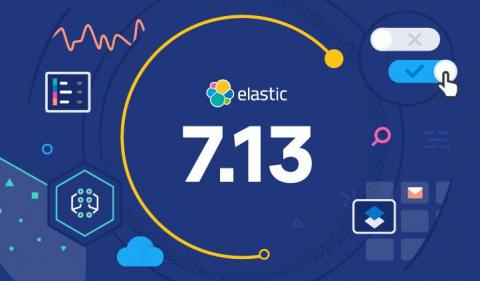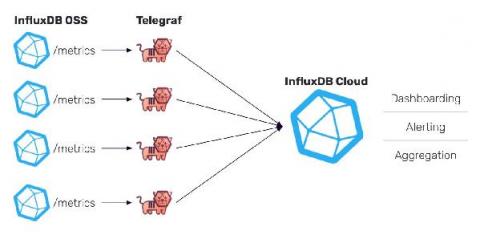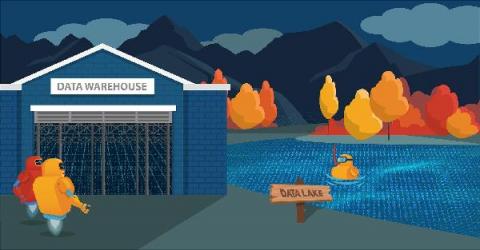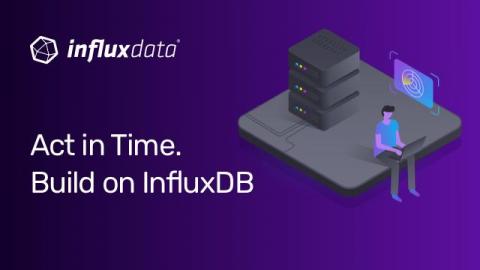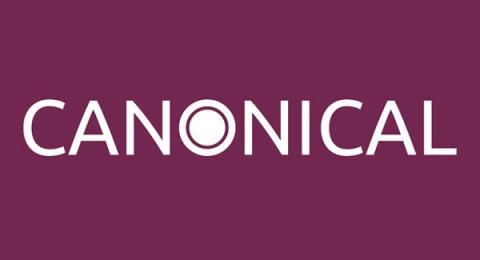Elastic 7.13.0 released: Search and store more data on Elastic
We are pleased to announce the general availability (GA) of Elastic 7.13. This release brings a broad set of new capabilities to our Elastic Enterprise Search, Observability, and Security solutions, which are built into the Elastic Stack — Elasticsearch and Kibana. This release enables customers to search petabytes of data in minutes cost-effectively by leveraging searchable snapshots and the new frozen tier.


